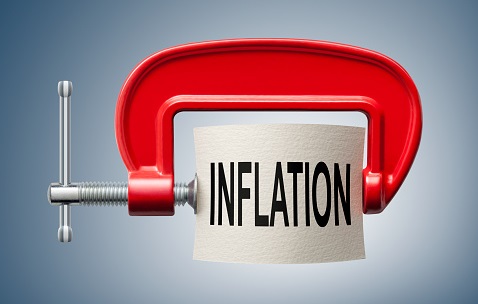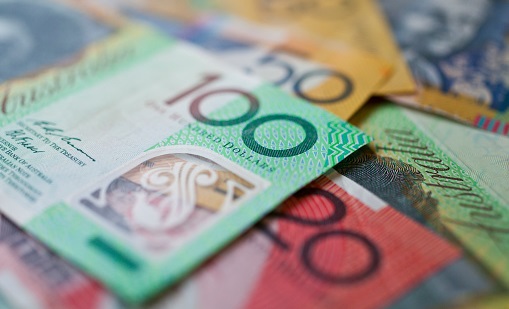The US dollar currency fell during the US session after inflation pressures eased slightly in May as consumer spending slowed considerably, according to a Commerce Department report released Friday.
The core personal consumption expenditures price index, a number closely watched by the Federal Reserve, increased 0.3% for the month. In fact it is the FED’s preferred gauge of inflation.
After the release, the EURUSD pair shot above the 1.0900 handle after languishing towards the 1.0850 level. The USDJPY pair remained notable strong despite intervention hints from the BOJ.
On the year, core PCE inflation increased 4.6%, though the headline number was up just 3.8%. Spending rose just 0.1% for the month, below the 0.2% estimate and a sharp drop from the 0.6% increase in April. Personal income accelerated 0.4%, ahead of the 0.3% estimate.
Data this afternoon also showed that June UMich final US consumer sentiment 64.4 vs 63.9 expected. Current conditions 69.0 vs 68.0 prelim, while Expectations were 61.5 vs 61.3 prelim.
On the central bank front the PBOC reaffirms to implement prudent monetary policy. The central bank said they were to implement prudent monetary policy accurately and forcefully.
They also reaffirmed “To effectively support domestic demand expansion, improve private consumption environment” and “To ensure delivery of housing, promote healthy development of real estate market.”
Bitcoin also fell as they SEC said the spot bitcoin filings are inadequate, according to a source from the Wall Street journey. Bitcoin briefly cracked the $30,000 level.
The article said that “Some industry watchers predicted that BlackRock’s filing would appease the SEC’s concerns through an agreement to share “surveillance” of a spot bitcoin-trading platform with Nasdaq, which would list the ETF.”




